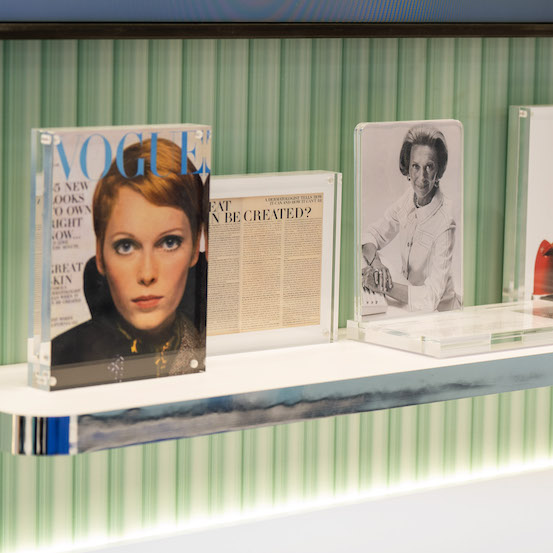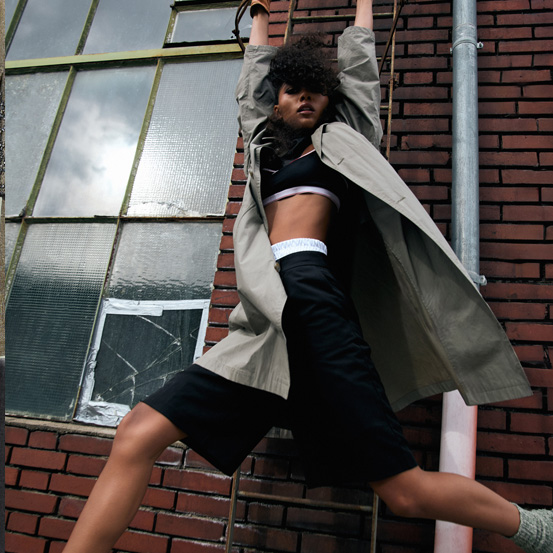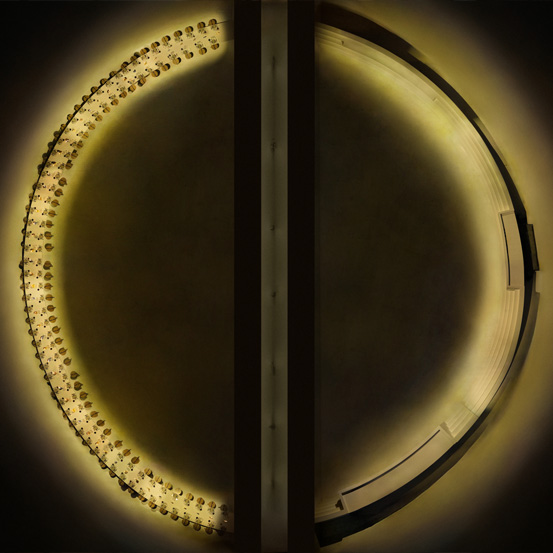The designer’s return to his native France after a decade in New York produced an overwhelmingly dense collection

The show that Joseph Altuzarra presented abroad for the first time after nearly a decade of fashion was not in New York, but under the colonnades of a Parisian lycée. Let’s call it a homecoming. And the designer had already told me why the complex but delicate clothes were so personal.
“I was inspired by my grandparents in the South of France, where I used to spend my summers, but I hadn’t been back to that house in probably 10 or 15 years,” Altuzarra said, explaining that one outfit had even been inspired by a set of family table napkins.

“It’s right next to Bordeaux, and it was a really moving experience for me,” he continued. “A lot of what I’ve been thinking about this season was also about reconnecting with things and realising that a lot of what I still love today are things I was drawn to as a child.”

With a French father and a Chinese-American mother, the designer left France for America when he was 18, returning only briefly to work at Givenchy. The collection he showed seemed like a cloud of memories, confusing the simplicity of the basic concept. That was a narrow silhouette, stroked with red lines and defined by transparency that came as bared legs in mesh under a sheer chiffon skirt. Add to that an embroidered bodice and a scarlet cardigan.
There seemed to be a lot going on in every outfit: a fringe hem here, a pair of criss-cross hose there, ending with lace-up bootees.

The deep concept was especially relevant, as the collection was essentially inspired by a Japanese Anime movie from 1997 called Princess Mononoke, about the conflict between industry and nature.

“A lot of it also came from looking at an old book called Native Funk and Flash: An Emerging Folk Art, which is a book about 1970s artists who would make their own clothes and were really free about how they would put things together,” the designer said. “And there was the idea of handmade and homemade; knitting and sewing; the imperfect and the underdone. And there are the pagan rituals documented by Charles Fréger in his ‘Wilder Mann’ photographic series of fantasy and dreams.”

In one way, Altuzarra’s explanation of his inspiration was a fascinating insight into what makes fashion art. But like an over-rich meal, the show often seemed far too much at once: imagine white pom-poms hitting jacquard tops and facing off a knitted top with a black fringe. Add a gauze jacket with leather snaps and a skirt that tilted at an angle.
Next time, Altuzarra needs to believe that less is more, and use his French connection to live up to Coco Chanel’s famous phrase: “Elegance is refusal.”

Most popular


Relacionados
.jpg)
Alice Trewinnard prepara-se para a GQ Night of the Year | Beauty Confessions
23 Nov 2024

.jpg)



